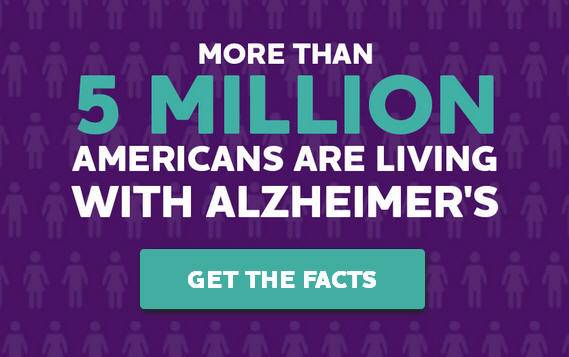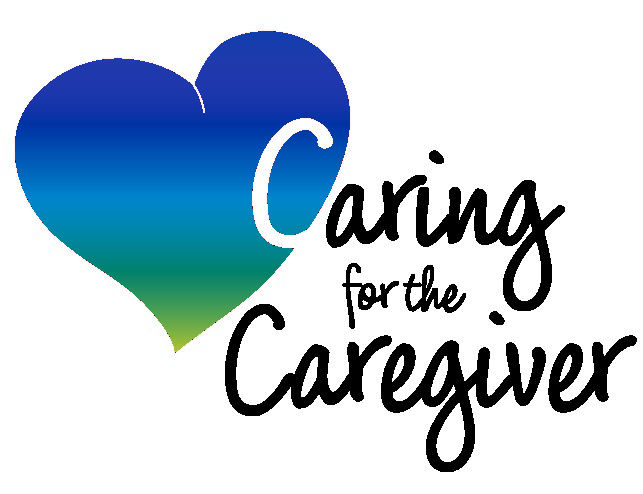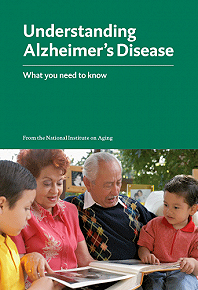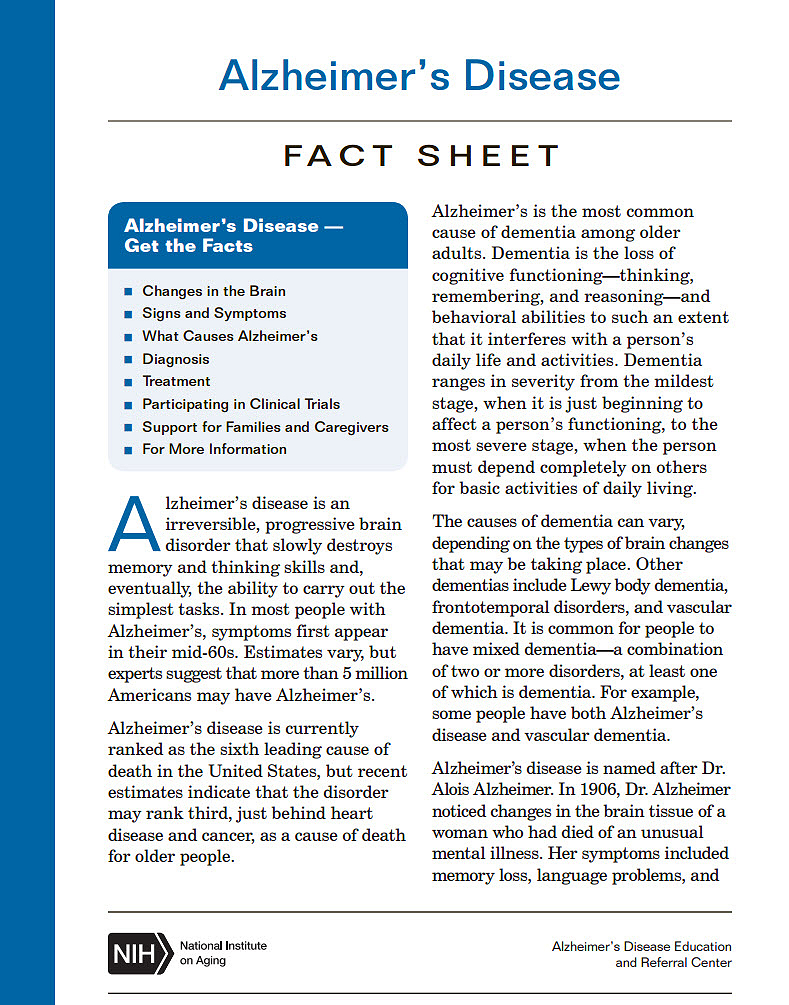(Alzfdn.org)
“It’s not what you say, but how you say it.”
This expression holds doubly true when communicating with individuals with dementia. Alzheimer’s disease or related illnesses impair a person’s ability to understand words and to speak. However, they can still benefit from non-verbal communication—body language, voice tone and facial expressions. As the individual’s ability to process verbal information declines, the importance of how caregivers communicate with them, verbally and non-verbally, increases.
Here are some tips to enhance interactions:
- Remember that the individual with dementia might be feeling confused, anxious, irritable and depressed, and suffering from low self-esteem.
- Speak clearly, slowly, and in a calm and friendly tone.
- Be aware of body language. Individuals with dementia are very receptive to body language. They are often able to detect if a person’s body language depicts happiness, anger or other emotions, and then mimic the cues they see. If a frustrated caregiver, for example, gives off a certain negative energy, the individual with the disease might mirror back the emotion and respond with an equal amount of anger or impatience.
- Use visual cues, pointing to things to show what you mean. Instead of saying, “Please brush your teeth,” pick up the toothbrush and demonstrate, for instance.
- Make certain that the person with dementia has the best chance of seeing and hearing you. This involves checking that the person is wearing glasses and hearing aids, if necessary, and that talking occurs in a quiet environment.
- Approach the individual from the front. An unexpected touch or drawing near from behind may startle and upset the person.
- Before asking the individual to do something, address the person by name to get his attention. While you are speaking, maintain eye contact to help him focus.
- Ask only one question at a time and allow time for an answer. If he does not seem to understand, repeat the question using the same wording. If this does not work, after a few minutes, rephrase it.
- Allow the individual adequate time to respond in conversation or when performing an activity. Rushing will increase confusion.
- If the individual repeatedly asks a question, keep in mind that he cannot remember the response you have just given him. Instead of answering the question after a second or third repetition, reassure the individual in some way-everything is fine, you will be with him, you will help him.
- Eliminate distractions, such as the TV or radio, when talking to the person with dementia.
- Avoid statements that sound negative. For example, instead of “Don’t go outside,” say, “Stay inside.”
- Use humor whenever possible, though not at the individual’s expense.
- Break down all tasks into simple steps. Tell the individual one step at a time what to do. Giving too many directions at once or too quickly will increase confusion. If the individual gets upset and becomes uncooperative, stop and try again later.
- Keep on talking, even when a person may no longer be verbal. Chat about things that mattered to the person and mention names of family and friends. Even if communication is one-sided, it can loudly show that you care.
Communication also plays a big role in behavior management.
- Assess the situation. Once you have observed the person’s behavior, try to find out what might have caused it. Ask yourself questions such as “Why is my loved one upset?” or “What happened in the last few minutes that could have prompted this behavior?” Also, do a basic evaluation to cover all your bases: consider that the person could be cold, hungry, in pain, bored, threatened, sleepy, frightened, etc. Once you assess the root cause of this behavior, you can communicate accordingly.
- Offer comfort. Caregivers can provide comfort or reassurance through validation—a technique that allows the person to stay in the moment without being proven wrong or brought back to reality. For instance, if an older man becomes upset because he cannot find his mother, an effective response might be: “I know you miss your mother very much, and she loves you too. You were always your mother’s pride and joy.” This will help the individual feel understood and safe.
- Distraction is a powerful tool that diverts a person’s attention and can help minimize disruptive behaviors. Since individuals with dementia have a very small window of short-term memory, changing the subject will help the individual focus on something positive while leaving sadness or anger behind. Any distraction topic could work, as long as it is pleasant for the individual with the illness. This could range from the weather outside, to the painting on the wall, to the wedding story that the individual loves to tell over and over again. During a state of agitation, a caregiver might say “I can tell you are upset, but always know that your family loves you dearly. In fact, we really miss those family dinners we had every Sunday. Why don’t you tell me all about that time you surprised us with a pot roast?”
For more information, connect with the Alzheimer’s Foundation of America’s licensed social workers. Click here or call 866.232.8484. Real People. Real Care.

http://www.alzfdn.org/EducationandCare/techniques.html
©2016 Alzheimer’s Foundation of America. All rights reserved.







